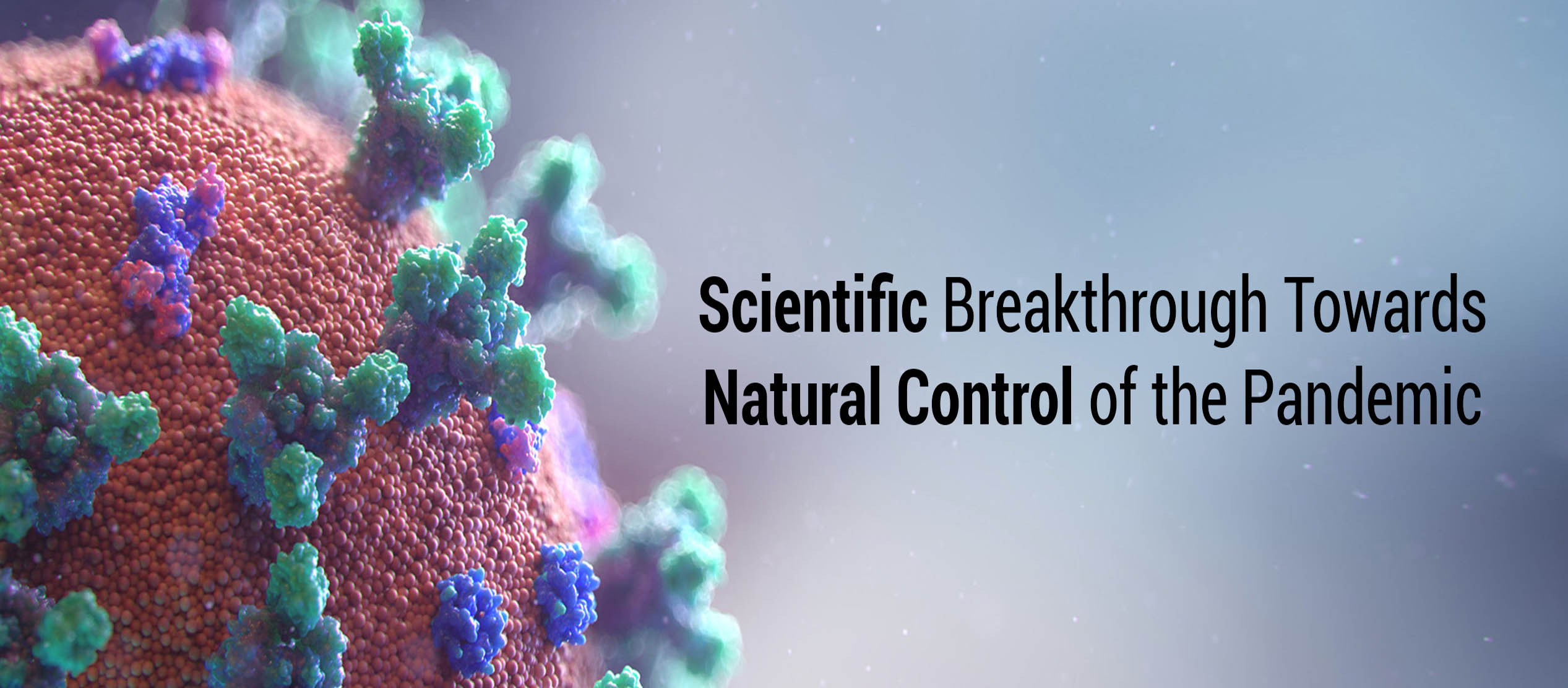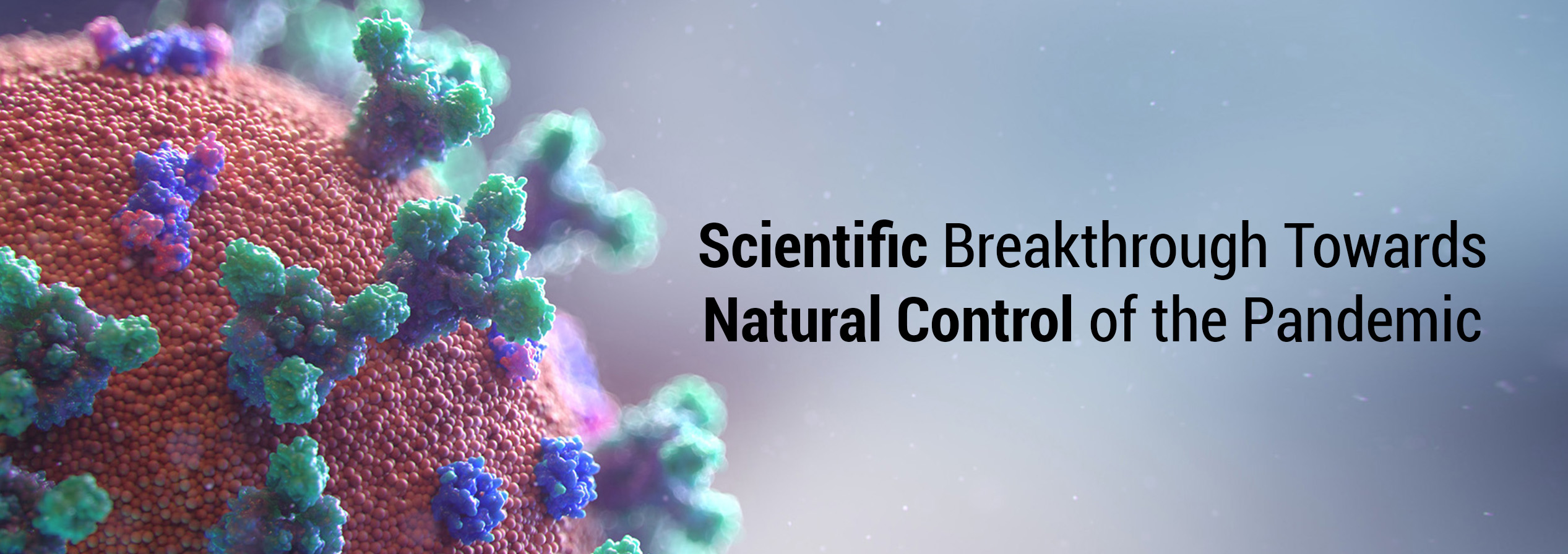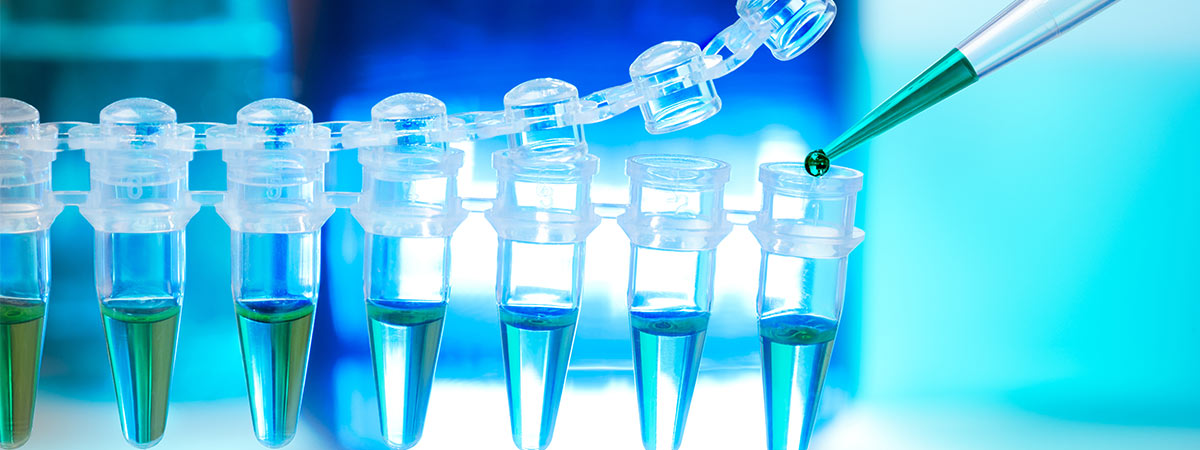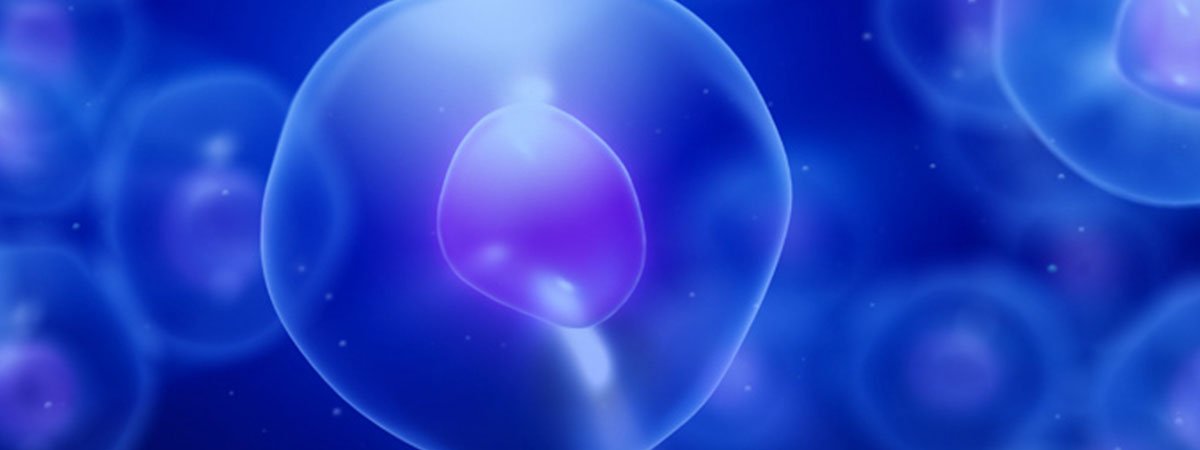Waheed Roomi, Tatiana Kalinovsky, Aleksandra Niedzwiecki, Matthias Rath
Dr. Rath Research Institute, Santa Clara, California, USA
Oncology ReportsDOI: 10.3892/or.2017.5597
Abstract:
Melanoma, an extremely aggressive cancer, causes the most skin cancer-related deaths, due to metastasis to other areas of the body, such as lymph nodes, lungs, liver, brain or bone. It is characterized by high levels of matrix metalloproteinase (MMP)-2 and -9 secretions that degrade the extracellular matrix and basement membrane, allowing cancer cells to spread to distal organs.
Various cytokines, mitogens, growth factors, inducers and inhibitors control MMP activities. We investigated the roles of these in regulation of MMP-2 and -9 in human melanoma A-2058 cells. Human A-2058 cells were grown in DMEM supplemented with 15% FBS and antibiotics in 24-well tissue culture plates. At near confluence, the cells were washed with PBS and incubated in serum-free media with phorbol 12-myristate 13-acetate (PMA) at 10, 25, 50 and 100 ng/ml; TNF-α and IL-1β at 0.1, 1, 10 and 25 ng/ml; LPS at 10, 25, 50 and 100 µg/ml; epigallocatechin gallate (EGCG) and doxycycline (Dox) at 10, 25, 50 and 100 µM without and with PMA; a nutrient mixture (NM) containing lysine, proline, ascorbic acid and green tea extract without and with PMA at 10, 50, 100, 500 and 1,000 µg/ml; actinomycin D and cyclohexamide at 2 and 4 µM; retinoic acid and dexamethasone at 50 µM. After 24 h the media were removed and analyzed for MMP-2 and MMP-9 by zymography and densitometry. Melanoma A-2058 demonstrated strong expression of MMP-2 and slight expression of MMP-9. PMA at 100 ng/ml showed no effect on MMP-2 secretion but potently upregulated MMP-9 secretion to 400% that of control. TNF-α showed no significant overall effect on expression of MMP-2 but potent dose-dependent increased MMP-9 secretion with 200% of control at 25 ng/ml. IL-1β showed no significant effect on MMP-2 or MMP-9 secretion by A-2058 cells, except at 25 ng/ml where MMP-2 level was reduced by ~40% and MMP-9 secretion ~50%. LPS treatment showed no significant effect on MMP-2 secretion and enhanced MMP-9 secretion up to 25 µg/ml followed by decreased level. EGCG, NM and doxycycline, without and with PMA, downregulated the expression of MMP-2 and MMP-9 in a dose-dependent manner.Actinomycin D, cyclohexamide and retinoic acid had inhibitory effects on MMP-2, while dexamethasone showed slight stimulatory effect on MMP-2 secretion. Our results showed that select cytokines, mitogens and inhibitors modulated A-2058 MMP-2 and MMP-9 expression. They suggest the clinical potential of MMP inhibitors, especially the non-toxic ones, such as the nutrient mixture and its component EGCG in management of melanoma.
Running title:
Melanoma MMP modulation
Key words:
matrix metalloproteinases, melanoma A-2058, cytokines, inducers, inhibitors
Access:
https://www.spandidos-publications.com/10.3892/or.2017.5597




















